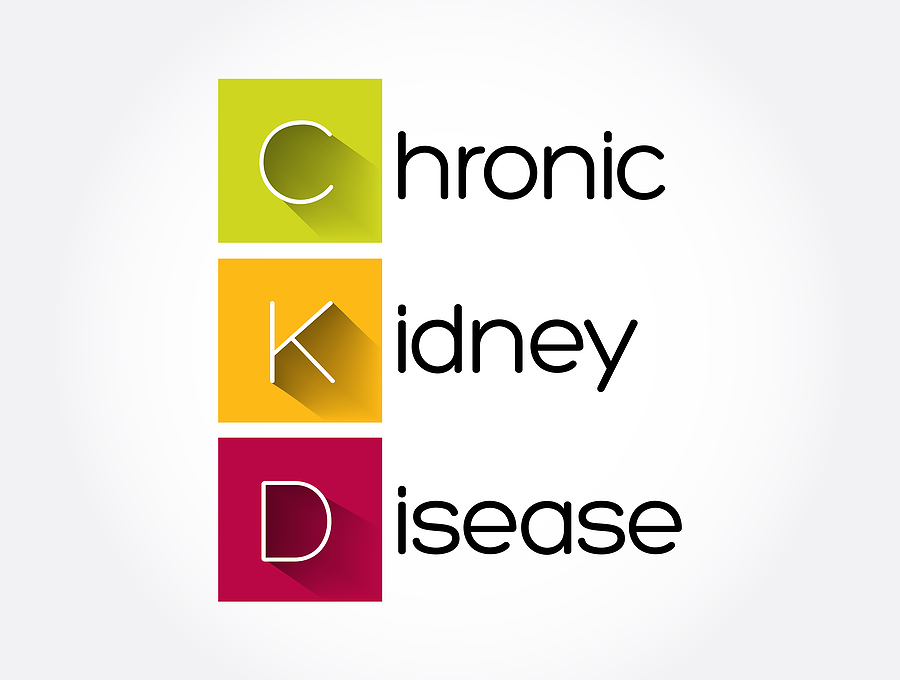The path to an aeromedical certificate starts by completing MedXPress. The next step is the exam, which is completed by an Aviation Medical Examiner (AME). There is nothing that you can do to change your past medical history. There is also nothing you can do to influence what the AME will find. So why am I bothering to write this? Because beyond the obvious process of any flight physical there are 3 simple actions you can take before your exam.
First: Do Not show up to your exam with any acute medical issues.
Second: For any chronic condition, be prepared to defend your medical certificate.
Third: Be honest. Address your problems head-on to make sure your certificate is safe in the future.
Now that you know the bottom line let me explain. As we mention in our blogs, the best any pilot can do in a medical exam is break even. Neither the FAA nor the AME is trying to take your medical certificate from you. They are in the business of ensuring safety. If you cannot prove to the AME or the FAA that you are safe to fly, you will not get your medical certificate.
If you have any acute medical issue (something that will last for a short period of time and then get better) such as the common cold, or your shoulder is in a sling, or you are walking on crutches because you broke your leg or something of a similar nature, do not go for your AME exam until you are all better. Your job is to prove to the AME that you are safe to fly.
If you can’t move your arm because it’s in a sling, or you can’t clear your ears because you have a head cold, it’s hard for the AME to say that you are safe to fly. You might get your certificate under these circumstances but the AME is likely to defer to the FAA. Under these circumstances, it’s better to reschedule your appointment which will likely save you time and money.
If you have any chronic medical condition (something that could be an issue for a long time) such as diabetes, high blood pressure, heart issues, or any condition that will be with you for a long time, you will have to prove to the AME/FAA that you are safe to fly.
If you have a new chronic medical condition the AME might be able to issue you a certificate but they may be forced to defer to the FAA. Either way, the best thing to do is to have all of the documents the FAA will require with you at the time of your exam.
This is where the process gets time-consuming and complicated. Each medical condition has its own specific submission requirements. Many of these require doctor notes that must address specific topics and/or test results with specific details. It is possible to do this on your own but unless you are pretty well versed in medicine it might be difficult.
I think of this process as being similar to filing income taxes. I can do it myself, but I would rather get an accountant to do it for me. Engaging a professional, it reduces my stress and enhances my likelihood of a successful submission to the IRS and a maximal tax return.
For aeromedical concerns, there are two logical avenues to get help. First, you can contact your AME. AME’s have been trained to conduct flight physicals by the FAA and are an excellent first step.
However, most AME’s do not specialize in Aerospace Medicine. Rather, the majority of AMEs have some other medical specialties such as family or internal medicine, and offer AME services as an adjunct to their primary practices. Because of this model, the AME may, or may not, be able to offer in-depth assistance in complicated cases.
The second option is to consult an Aerospace Medicine Physician. Aerospace physicians have completed 2 years of aeromedical-specific training and are experts in this subject matter. Incidentally, most if not all, Aerospace Physicians are trained AMEs. For example, all of the physicians at Wingman Medical are both Aerospace Medicine Physicians and AMEs.
If you would like to do it yourself, I completely respect your decision. Here is the link to get started and feel free to reach out to us if you get stuck or need some help.
Regardless of which path you take, collecting all of the required information before your exam, will likely shorten the disposition timeline. If your issue is a Conditions AMEs Can Issue (CACI), you have now given the AME everything they need to issue you a certificate (if you meet the requirements).
If your condition requires a Special Issuance (SI), you can have the AME verify you have the right documents and you can mail it all to the FAA as soon as the AME defers. You may not walk out with your certificate, but you will save yourself significant time waiting for the FAA to respond and mail you a list of requirements.
Speaking as a pilot, I fear the day that I don’t get my certificate. As an Aerospace Medicine doctor, I hate giving other pilots bad news. Do yourself a favor and follow these three steps.
1. DO NOT show up to your exam with any acute medical issues
2. Be prepared to defend your medical certificate
3. Tackle the issue head-on.





